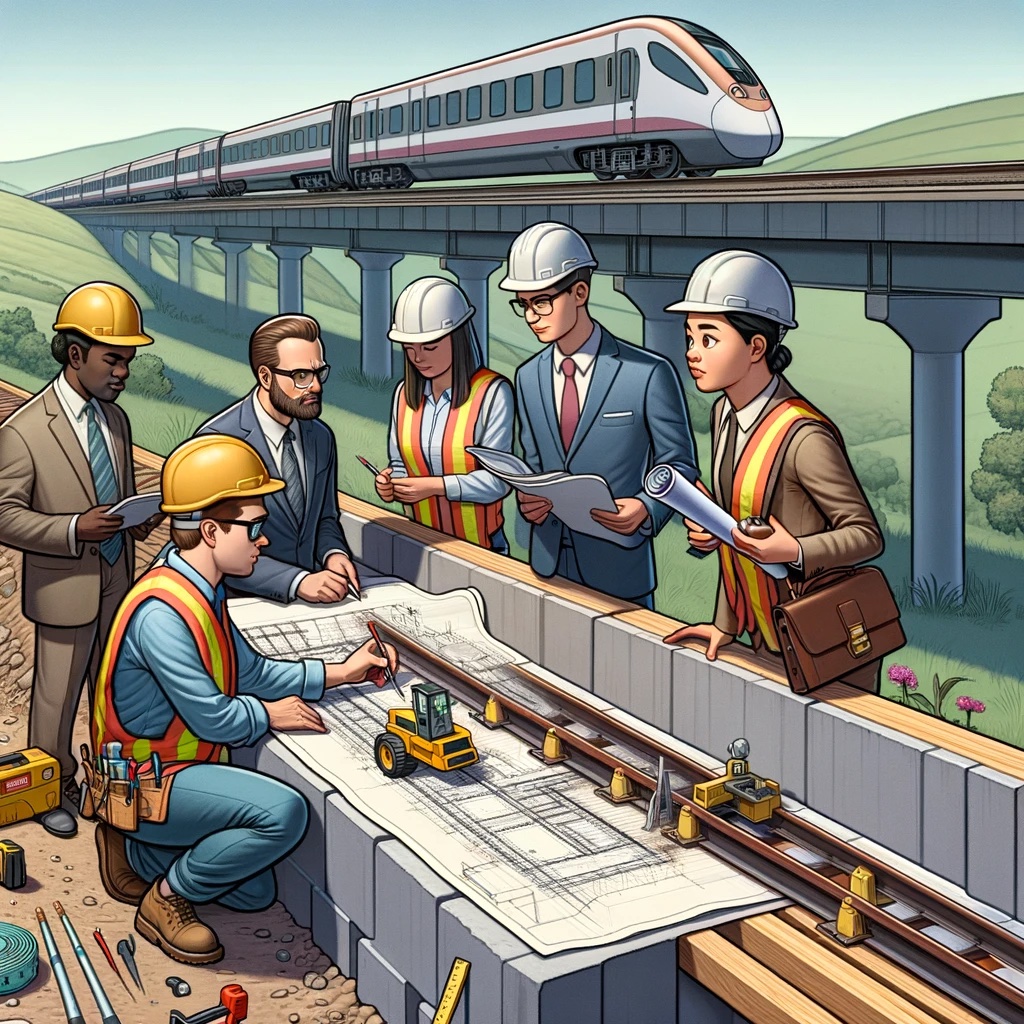One aspect that drives ProRail's research is the impact of climate change on the railway embankments.
ProRail, the manager of the Dutch railway network, is facing an important challenge. The organization has launched an extensive investigation into the stability of the railway embankments, the crucial subsurface under the railway lines. This initiative is essential given the growth of rail traffic and the increasing demand for faster and heavier trains.
John Voppen, CEO of ProRail, emphasizes the urgency and safety: “We drive safely or we don't drive.” This institution is crucial for the future of train traffic in the Netherlands. As many as 80% of railway embankments are older than a century, raising questions about their ability to support the modern demands of rail traffic. In addition, there is the influence of climate change, such as extreme drought and heavy rainfall, which potentially threatens the stability of the dikes.
ProRail's research is carried out in collaboration with four leading engineering firms: Sweco, Arcadis, Witteveen + Bos and Royal HaskoningDHV. These agencies use advanced techniques and data, such as map surveys, available soil surveys and water levels, to gain an accurate picture of the condition of the railway embankments. The research team, consisting of dozens of geologists, has already mapped approximately 2600 kilometers of the total 3000 kilometers of railway embankments.
The first results of the study show that further analysis is necessary. The second phase of the research focuses on refining the insights with archival research and location-specific data. The focus is on the routes where there are already plans for more, faster or heavier trains.
The results of this follow-up research are crucial for determining future measures and investments. This includes installing sheet piling or support berms, or using sensors to continuously monitor stability.

ProRail is already taking measures at some locations. For example, the railway embankment between Deventer and the border at Oldenzaal will be monitored from December 2023 to track the impact of the accelerated IC Berlin. Research is also being conducted into options for strengthening the railway embankment between Delft and Schiedam.
research
The research into the railway dikes is part of a broader initiative by ProRail to make the Dutch railway network future-proof. The importance of this research is underlined by the history of the Dutch railway network: much of the infrastructure is more than a century old, which presents unique challenges. The age of the railway embankments raises questions about their ability to withstand the loads of modern train traffic, especially given the ambitious plans to expand and accelerate rail traffic in the Netherlands.
Another aspect that drives ProRail's research is the impact of climate change on the railway embankments. Weather conditions such as prolonged drought and heavy rainfall can have significant consequences for the stability of the railway embankments. These circumstances make it necessary to assess the current condition and sustainability of the dikes and to strengthen them where necessary.
The railway embankment investigation includes a comprehensive assessment of the physical condition of these structures. Engineers use advanced technologies and methods, including geotechnical analysis, to determine the stability and carrying capacity of the dikes. This process is essential for ensuring the safety of train traffic and preventing future problems.
The RESET research, led by TU Delft in collaboration with Deltares, is another important element in ProRail's efforts. This scientific research provides valuable insights into the long-term effects of more intensive train traffic on the railway embankments. The knowledge resulting from this research will help formulate effective strategies for the maintenance and improvement of railway embankments.




